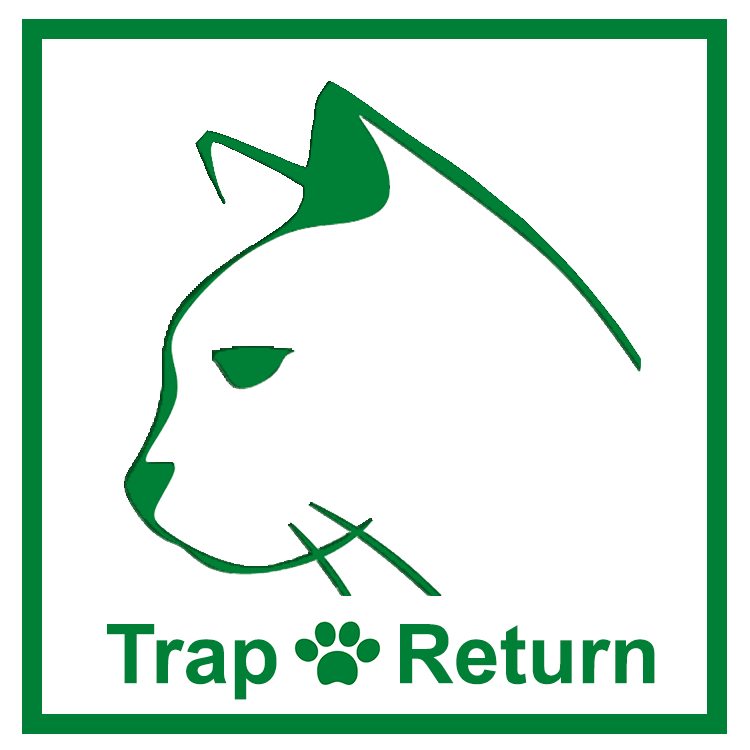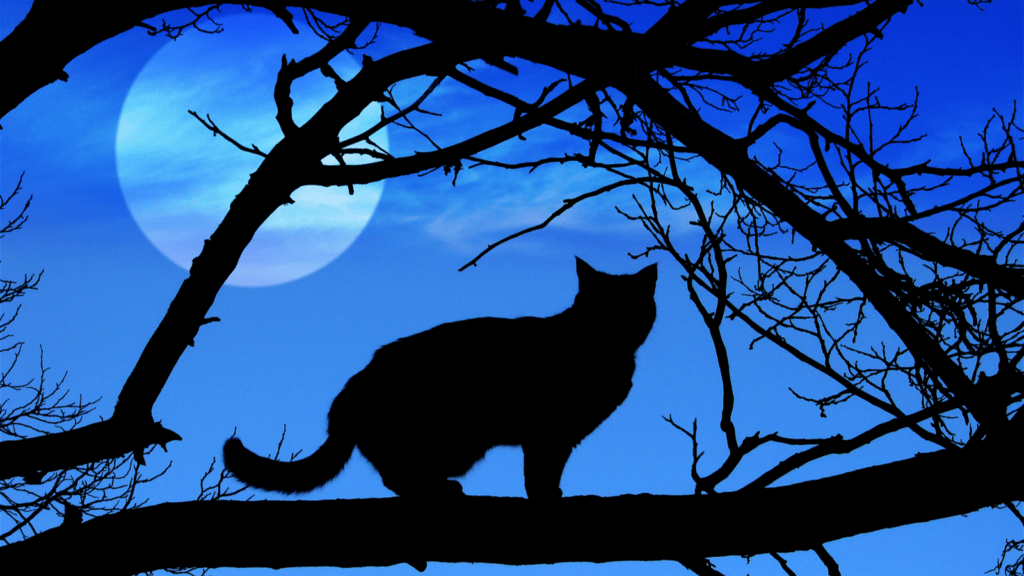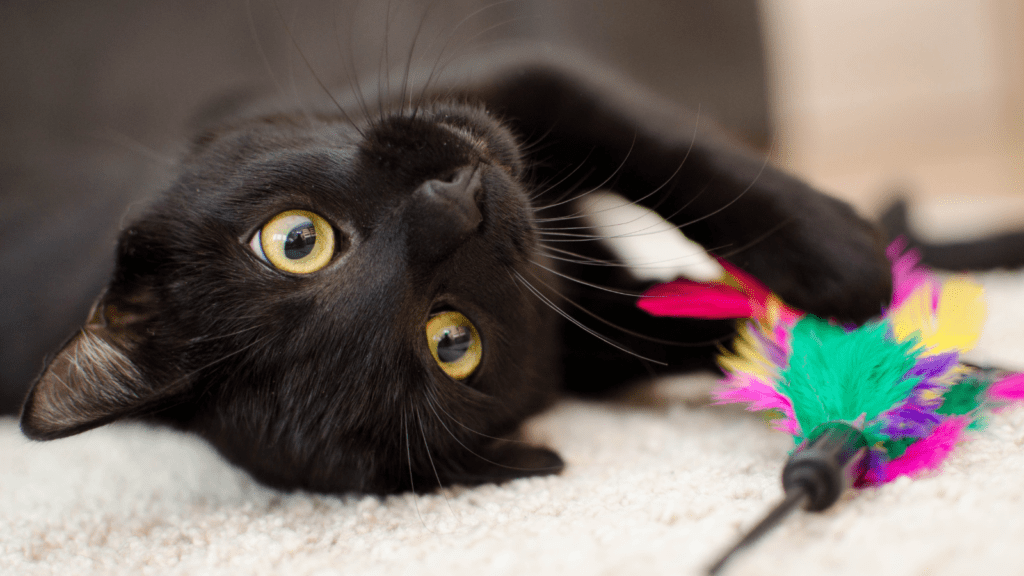
Why Do Cats Loaf?
When you catch a glimpse of your cat sitting in a perfectly symmetrical position, with its paws neatly tucked under its body and its tail elegantly wrapped around them, it’s hard not to let out an audible “aww.” This is the cat loaf position, commonly referred to as “loafing,” because it looks like a loaf of freshly baked bread. While it may seem like a common way for cats to sleep, there are several reasons why cats choose to loaf, and understanding your cat’s body language can help you understand them!
When a cat is loafing, they are conserving body heat by minimizing its exposed surface area and covering its internal organs. By curling up, cats can retain their body temperature, especially in cooler environments or during cozy nap times.
When a cat sits in a loaf, they feel safe, secure, and content in their surroundings. Even a cat curled into a partial loaf is a sign that your feline companion trusts and feels comfortable around you.
Loafing is definitely also a sign of relaxation and contentment. After all, cats wouldn’t do something if it wasn’t comfortable, right?
So if you see your cat loafing around, there’s a good chance they’re happy and feeling confident.
Why is a cat loaf so famous?




The phenomenon of cat loafing took off in 2010 across major social media platforms. Countless images and videos of the kitty loaf or a potato cat have gone viral, captivating the attention of millions of cat lovers. It’s hard to resist adorable snapshots and cat loafing videos of potato cats, bread loafs, turkey cats, kitty loafs, and meatloaf. Try featuring a cat loafing in your next adoption profile!
Why Is It Called A Loaf?
The cat body language term cat loaf comes from the visual resemblance of a loaf of bread. When cats loaf, they tuck their paws neatly under their body and often wrap their tail around themselves, creating a bread loaf shape.
After all, cats and bread share some key characteristics: they’re soft, fluffy, and oftentimes round. Or it could be that “cat loaf” is simply a shorter, easier way to say “cat lying down with its paws tucked in.” Whatever the origin of the cat’s behavior, one thing is for sure, “cat loaf” is a better name than turkey cat or meatloaf cat!
6 Reasons Cats Loaf
To sum it up, there are several reasons why cats sleep, and cats sit will tuck their paws into cute cat loaf positions.
- To conserve heat – Cats tuck their paws underneath to preserve body heat by creating a warm pocket of air under their body.
- It’s comfortable – Sleeping with your front paws tucked underneath is comfy!
- Possible paw injury – A cat’s body language will tell you a lot. If it has an injured paw, they could be nursing it by laying in a bread loaf position.
- Internal discomfort – If your cat loafs and doesn’t look comfortable, there could be internal discomfort. Contact your veterinarian to rule out things like chronic kidney disease, especially for older cats, if you see other signs of discomfort.
- It looks cute – Let’s be honest. One of the main reasons cats loaf is because it looks pretty darn cute. And we can’t blame them!
- Pure relaxation and contentment – Loafing is often a sign that a cat is happy and feeling safe. Whether it’s a little loaf or a full loaf, tucking their paws and tail can mean they are content! Another cat body language sign is when your cat is kneading or making biscuits!
So there you have it! Those are some of the reasons your beautiful hover cat tucks their paws beneath them. Next time you spot your feline friend gracefully loafing, take a moment to bask in its warmth.
About the Author: Justin Ruffier
My journey with TNR began in the canyon behind my house. A few kittens were playing in the dandelions, and I began to name them. Then, one day, they showed up with ear tips. I wasn’t sure what to think, so I began researching. I learned that TNR was about helping community cats, and I began to find ways to help others in my community. I’m a cat advocate, marketer, and fundraising specialist, and I want to help all outdoor cats find safe indoor homes or have safe outdoor communities.




